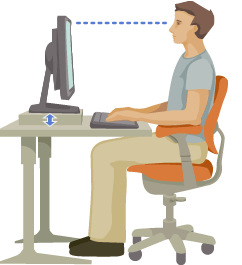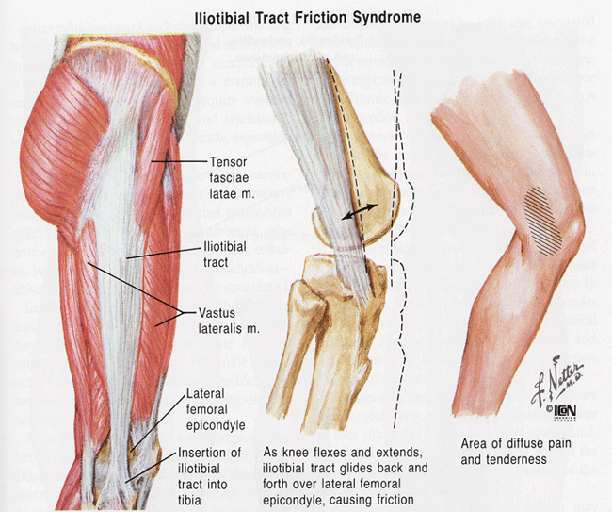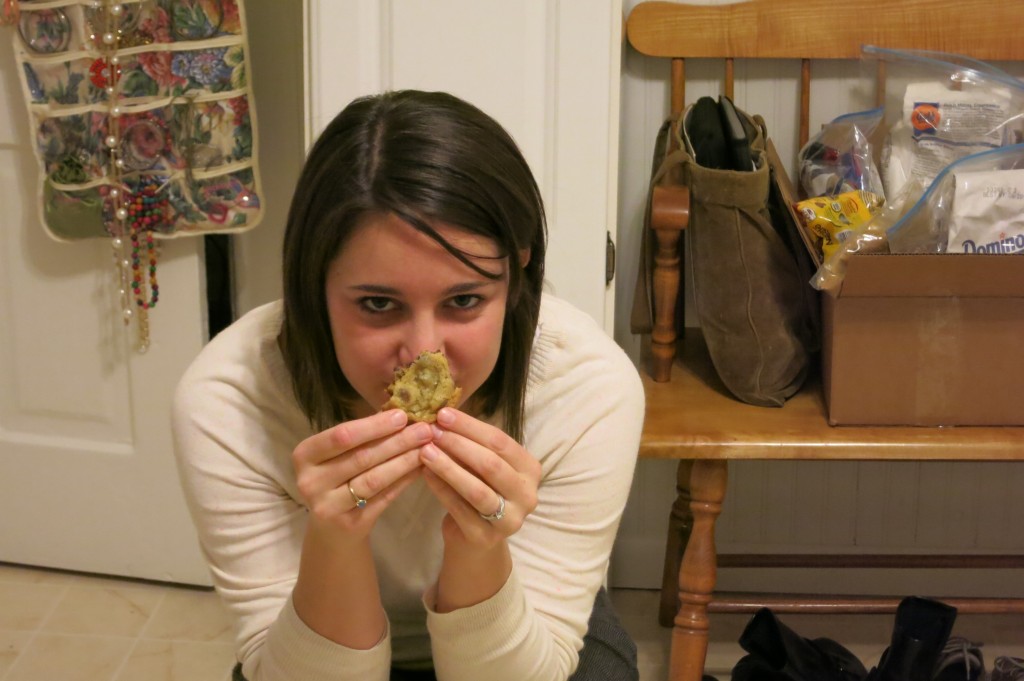Do you have a pain in your neck–literally?
Neck pain is more common than you may realize. According to the National Center for Health Statistics, 15% of American adults who present to the doctor’s office with pain report it in their necks. That number doesn’t include the areas of pain that are so closely related to the neck that poor neck mechanics may actually contribute to the pain. For example, 16% of adults report headaches and migraines, 28% report low back pain, 9% report shoulder pain and 8% report finger pain. These are all related to neck mechanics.
Neck pain takes its toll on all age groups. I have seen high school swimmers with severe neck pain, middle aged salesman with neck pain, and ninety year old bridge players with neck pain.
So what’s the scoop on this neck pain and how can we manage it and/or avoid it?
As always, musculoskeletal pain tells a story about how we move … or how we don’t move.
An excess motion in one direction more than another can lead to neck pain. For example, if swimmers get in the habit of breathing to one side during the free-style stroke, they are setting themselves up for pain. If salesmen consistently talk on their cell phone on the right ear with their head bent slightly to the right, they are setting themselves up for pain. If bridge players are constantly looking down at their cards through their bifocals, they are setting themselves up for pain. In each scenario, the simple solution is what I tell my patients: “Don’t do that!” When swimming, breathe out both sides. When talking on the phone, use speaker phone or headphones. When playing bridge, hold the cards higher. The solution seems very simple … because it is.
Our poor necks support and move a 10 pound head day in and day out. Consider how you move your head each day and what you can do to make sure your movements are symmetrical and not overly excessive.
Aside from how we move our necks, we also have to think about what happens when we aren’t moving our necks. What positions do we sustain for long periods of time? The classic example of a sustained position for the neck is how our head is positioned when we are looking at our computers. If you sit at a computer day in and day out, it’s important that you position your head in the most neutral position. Follow these four recommendations for your computer set-up, and you should be good to go:
1. Sit with your knees and hips bent 90 degrees. You may have to raise/lower your chair or put a stool under your feet.
2. Sit all the way back in your chair so that your spine is supported. Most people tend to sit on the edge of their chairs, whether slouched over or erect. This may require you to scoot your chair closer to your computer.
3. The top of your computer monitor (the top of the frame) should be level with your eyes. More than likely, your computer screen may be up too high because when you set it up, you thought your line of eyesight should be straight to the screen. However, this causes a slightly extended position in your neck than can become bothersome.
4. Armrests are a great thing. Use them. A lot of people say “I carry tension in my shoulders” and feel like their upper traps are always sore. They are usually the people who don’t use their arm rests, so their muscles are just tired from holding up their arms all day at a keyboard.

Your sleeping position may also aggravate your neck. Consider whether or not your head is turned toward one side all night. Read my post The Ergonomics of Sleep for good sleeping position ideas.
***The content of www.kayleemay.com is for informational purposes only. The information presented is not to be taken as professional medical advice, diagnosis, or treatment. If you are having pain, or seeking medical advice, talk to your health care provider. Do not delay in seeking treatment because of information you have read on www.kayleemay.com. Taking recommendations presented on www.kayleemay.com is solely at your own risk***











